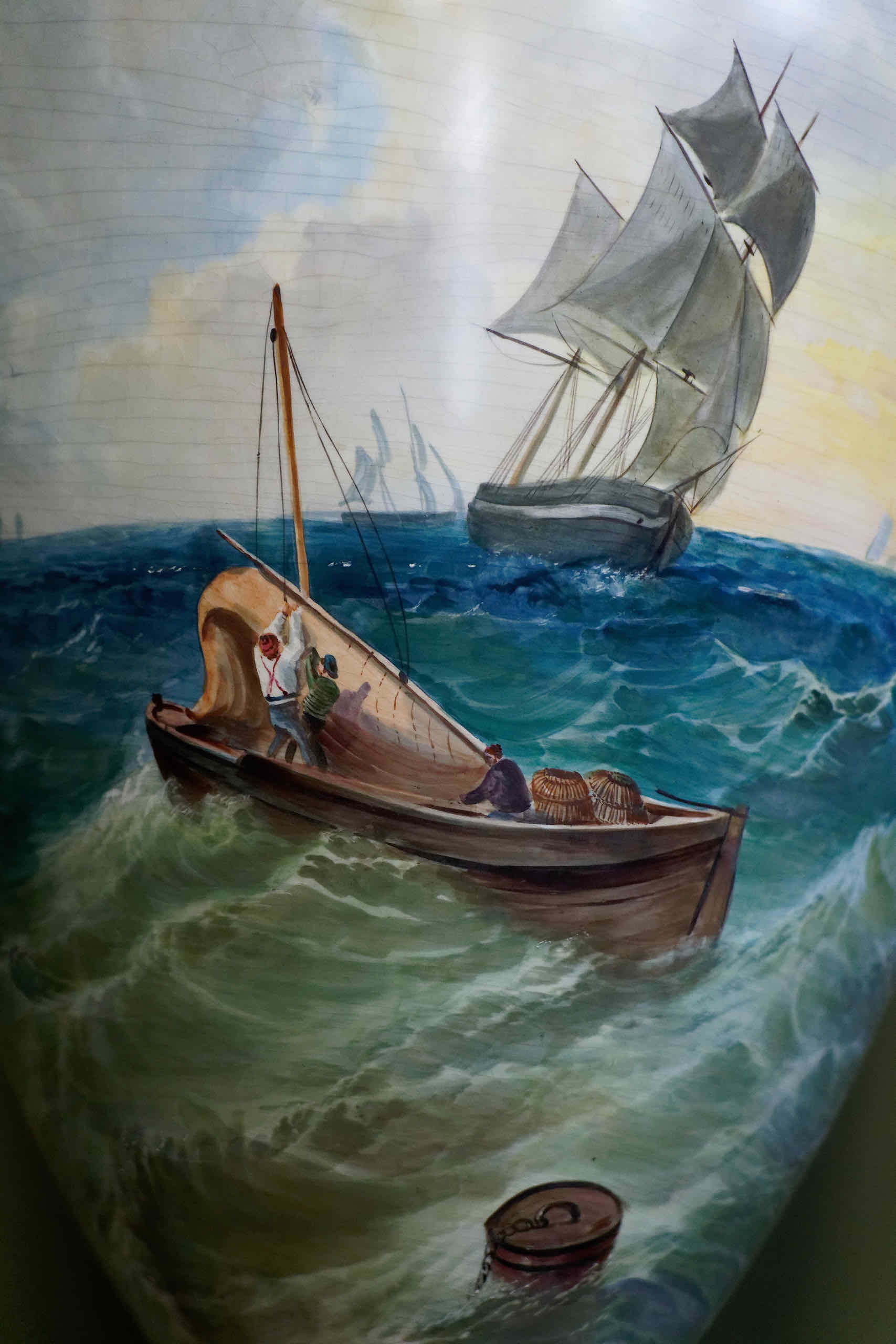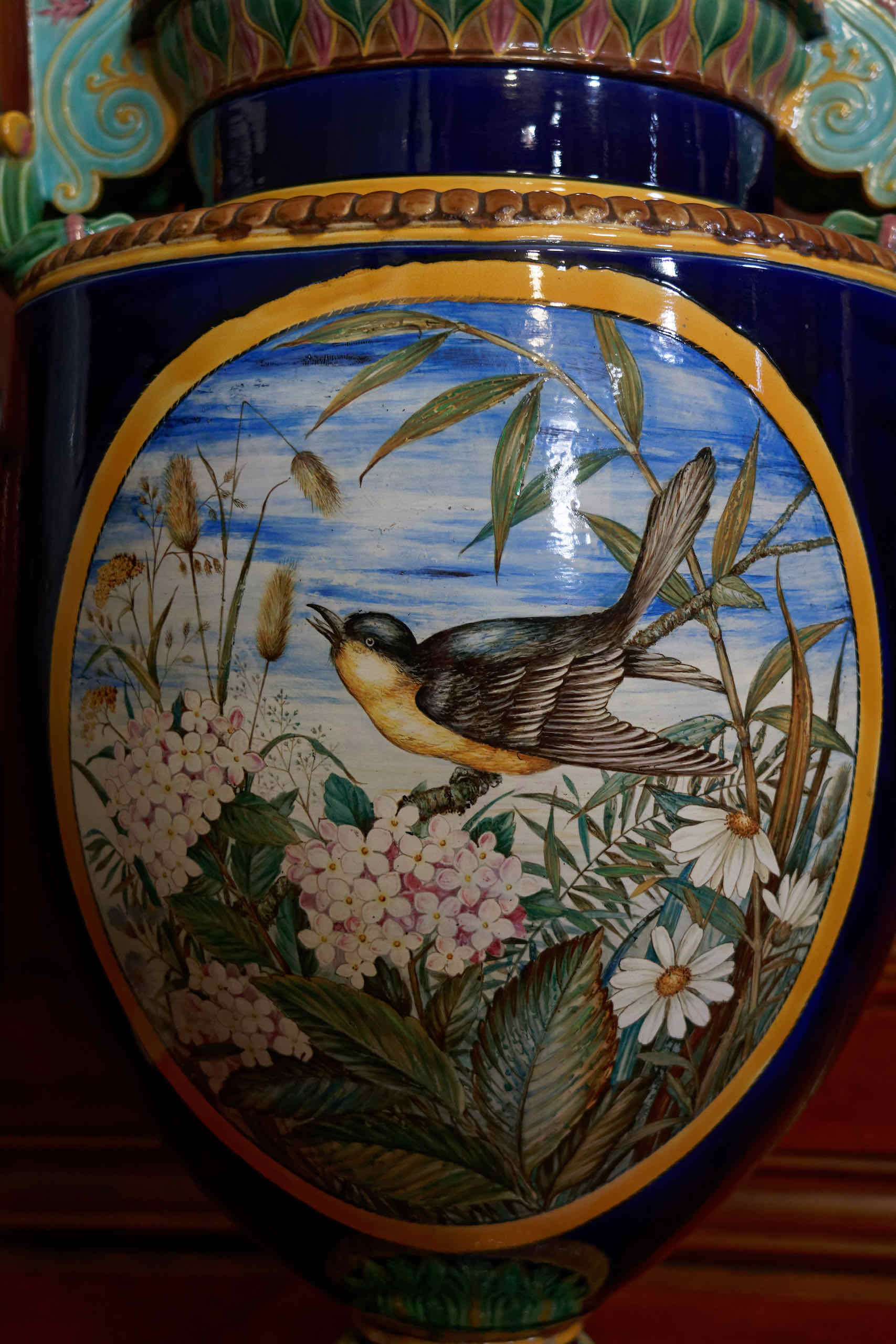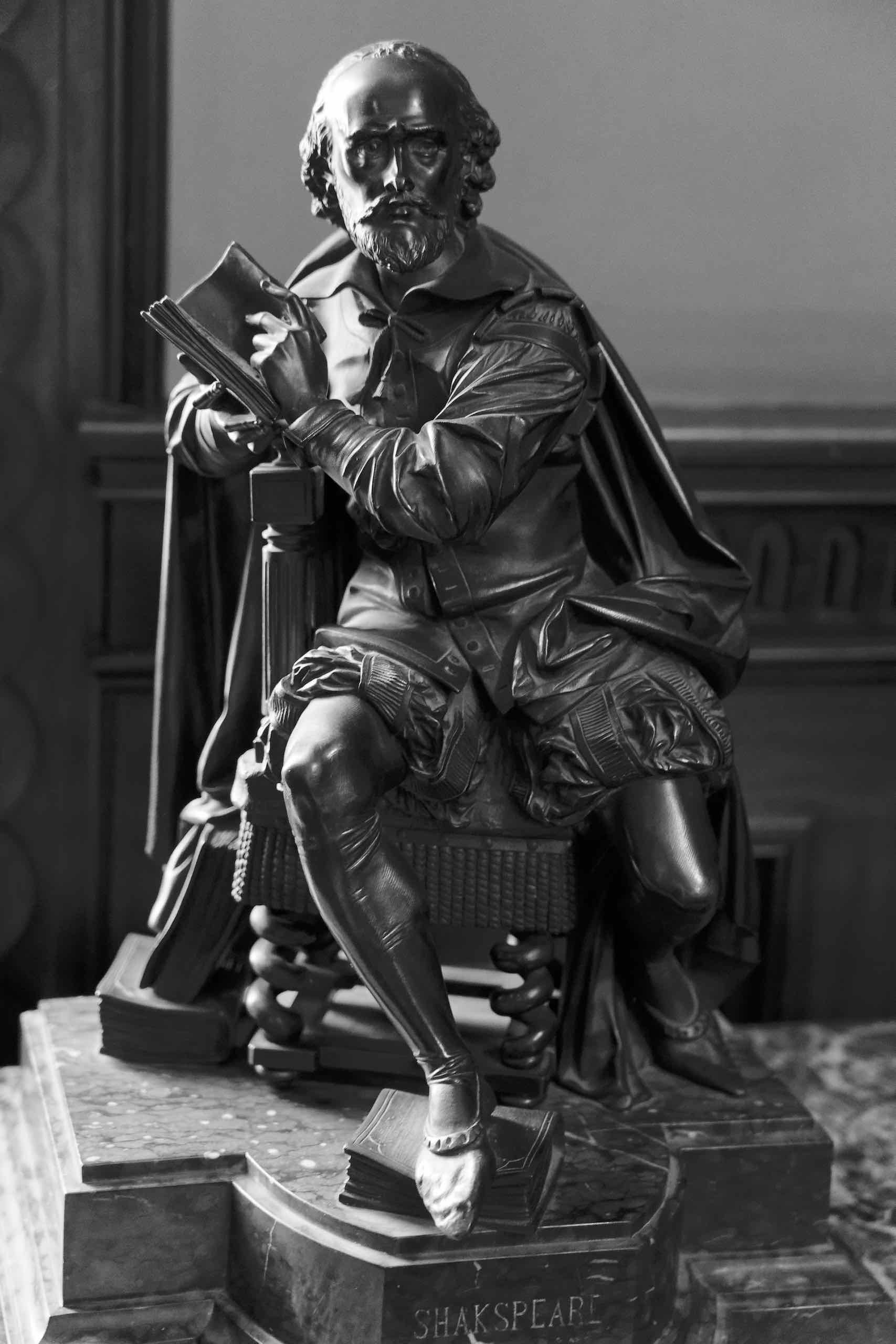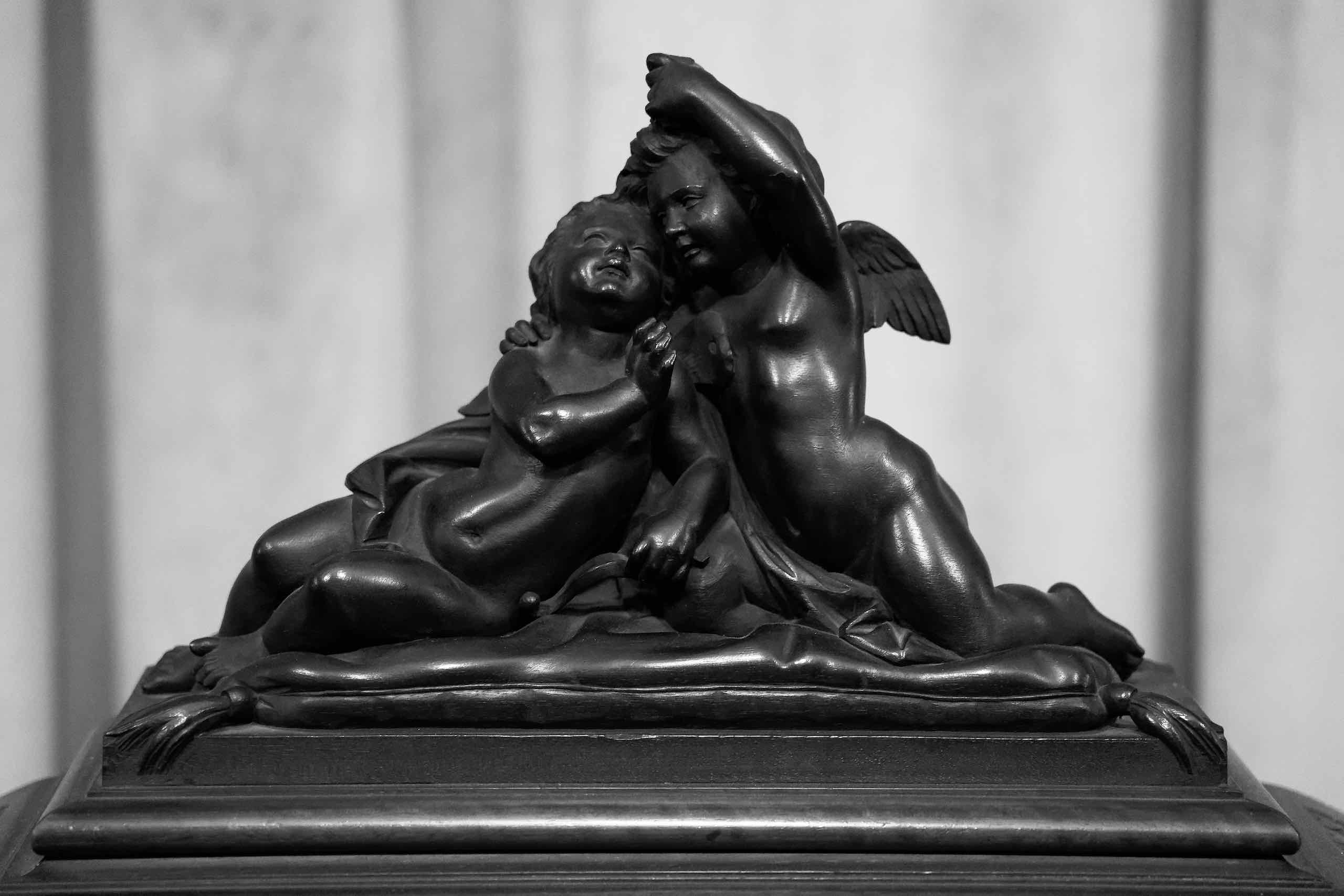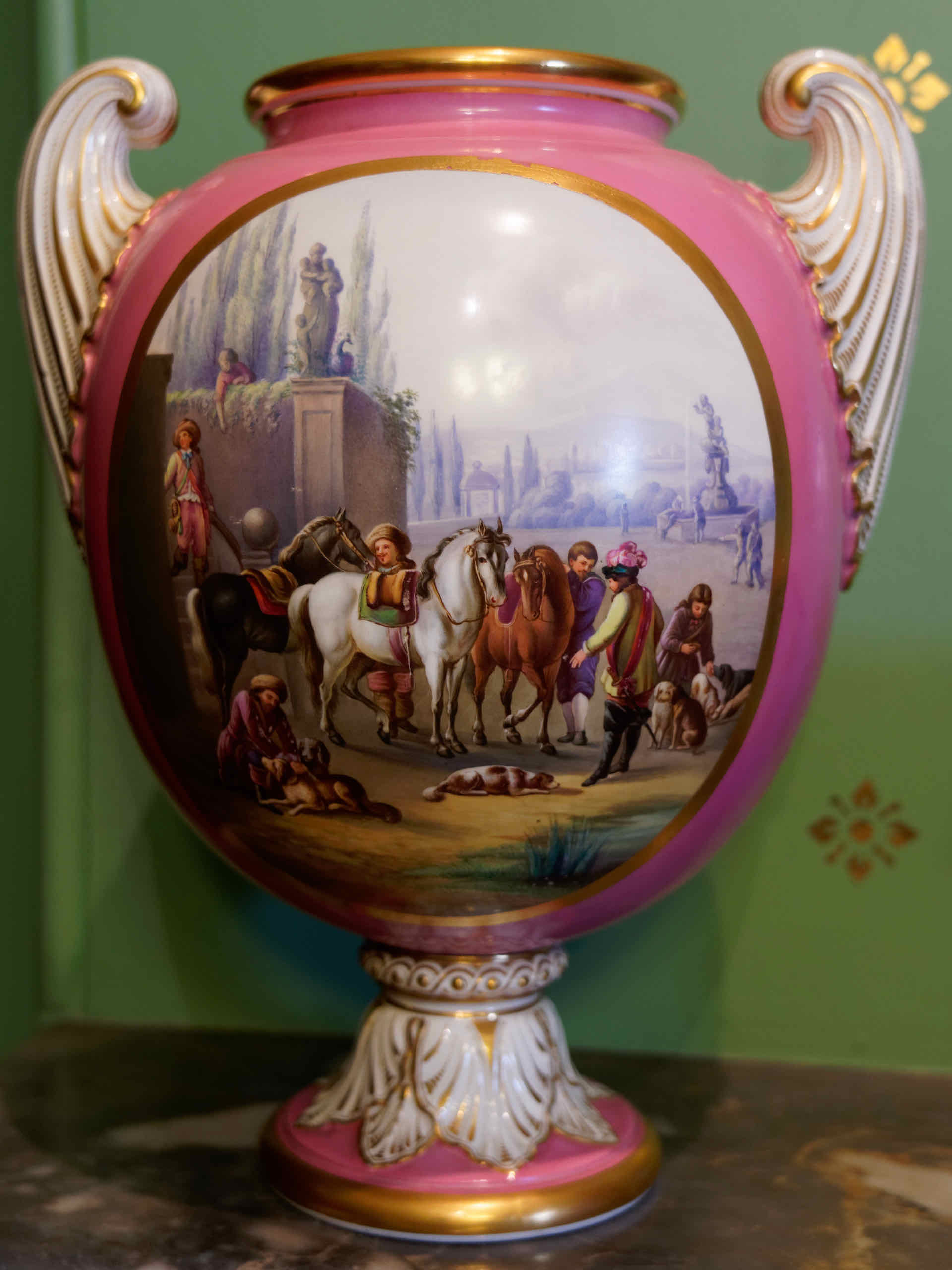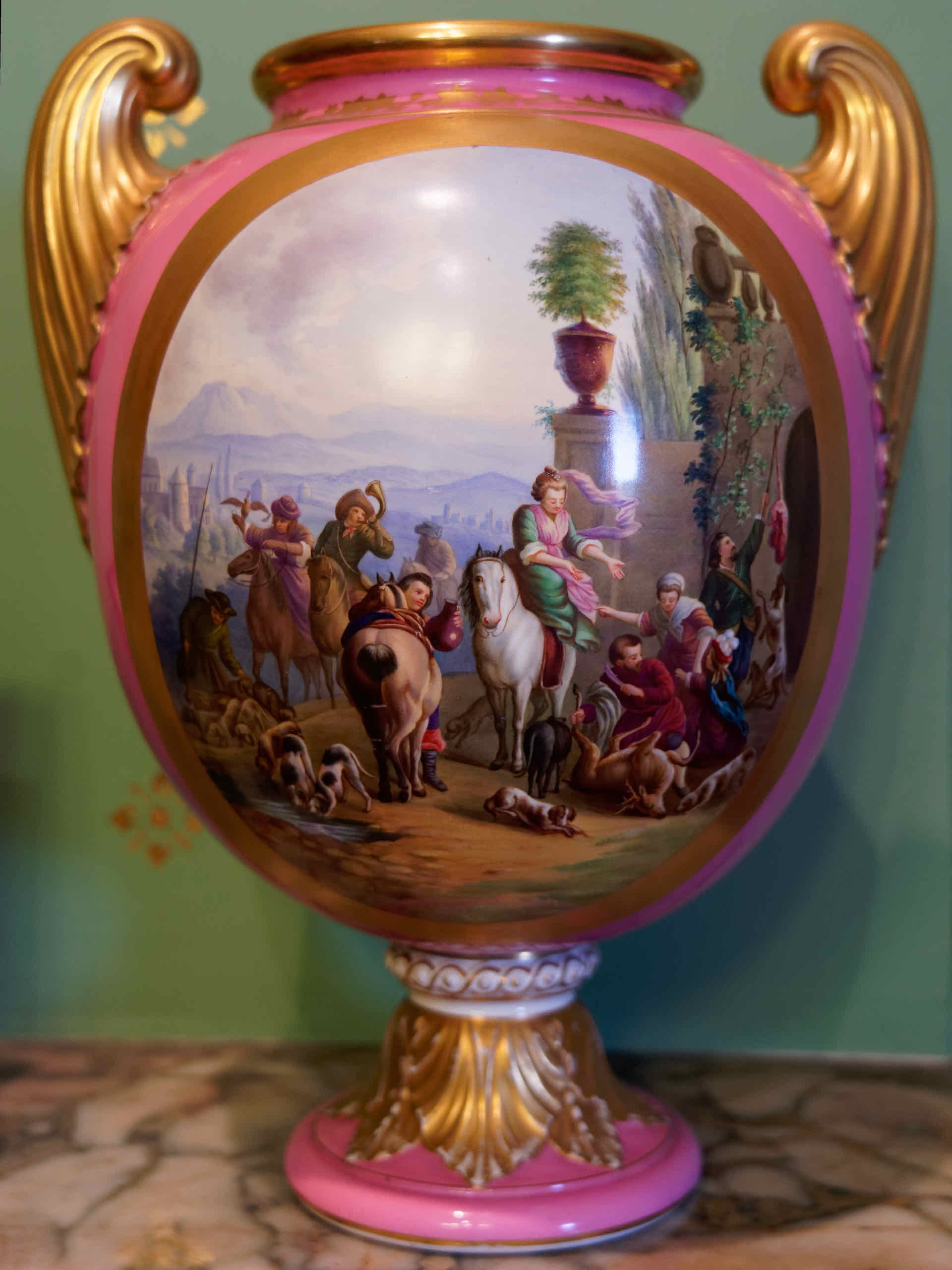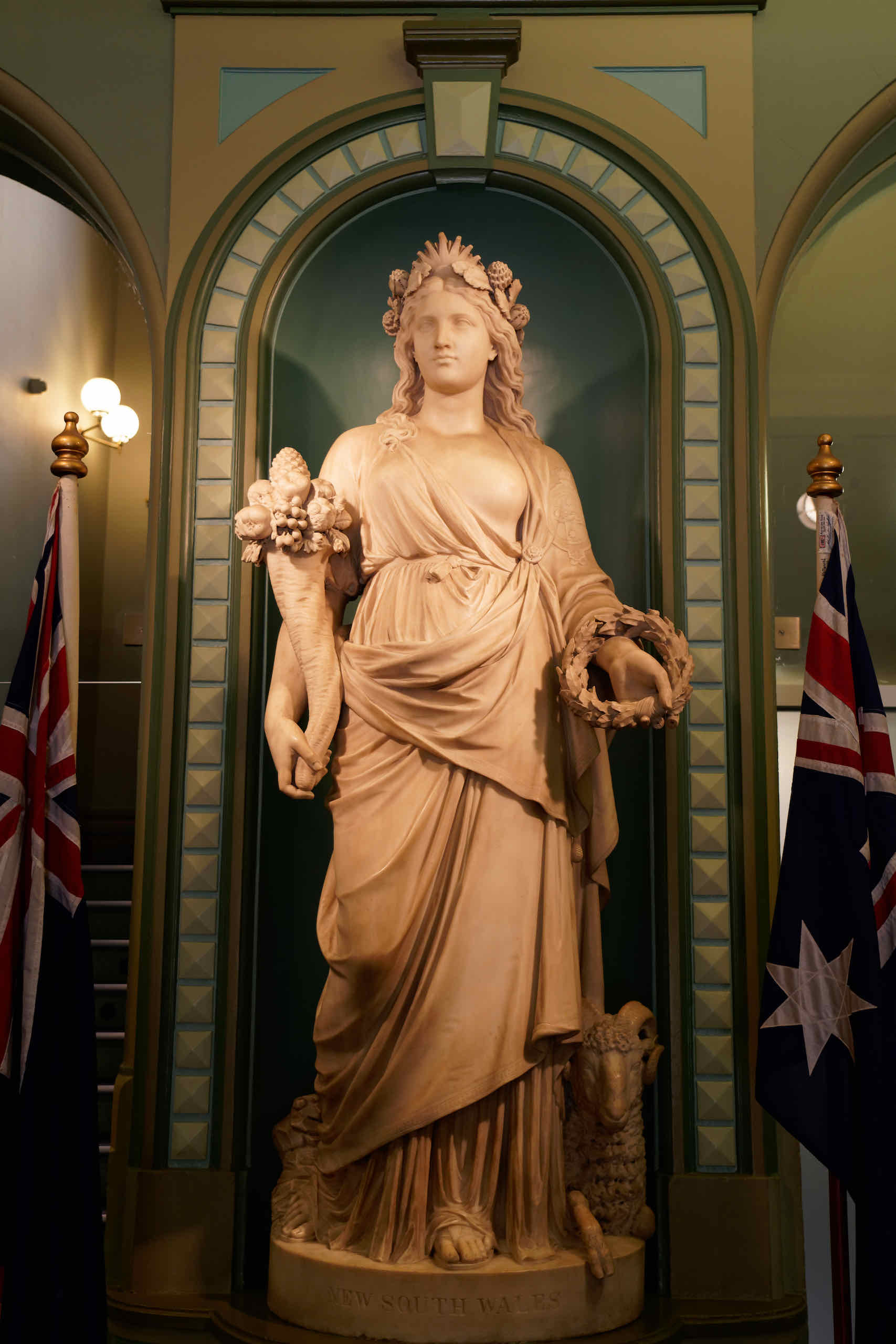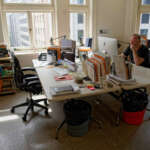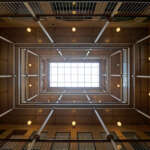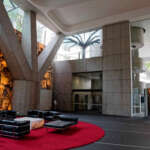Sydney Open Day 2019: Chief Secretary’s Building
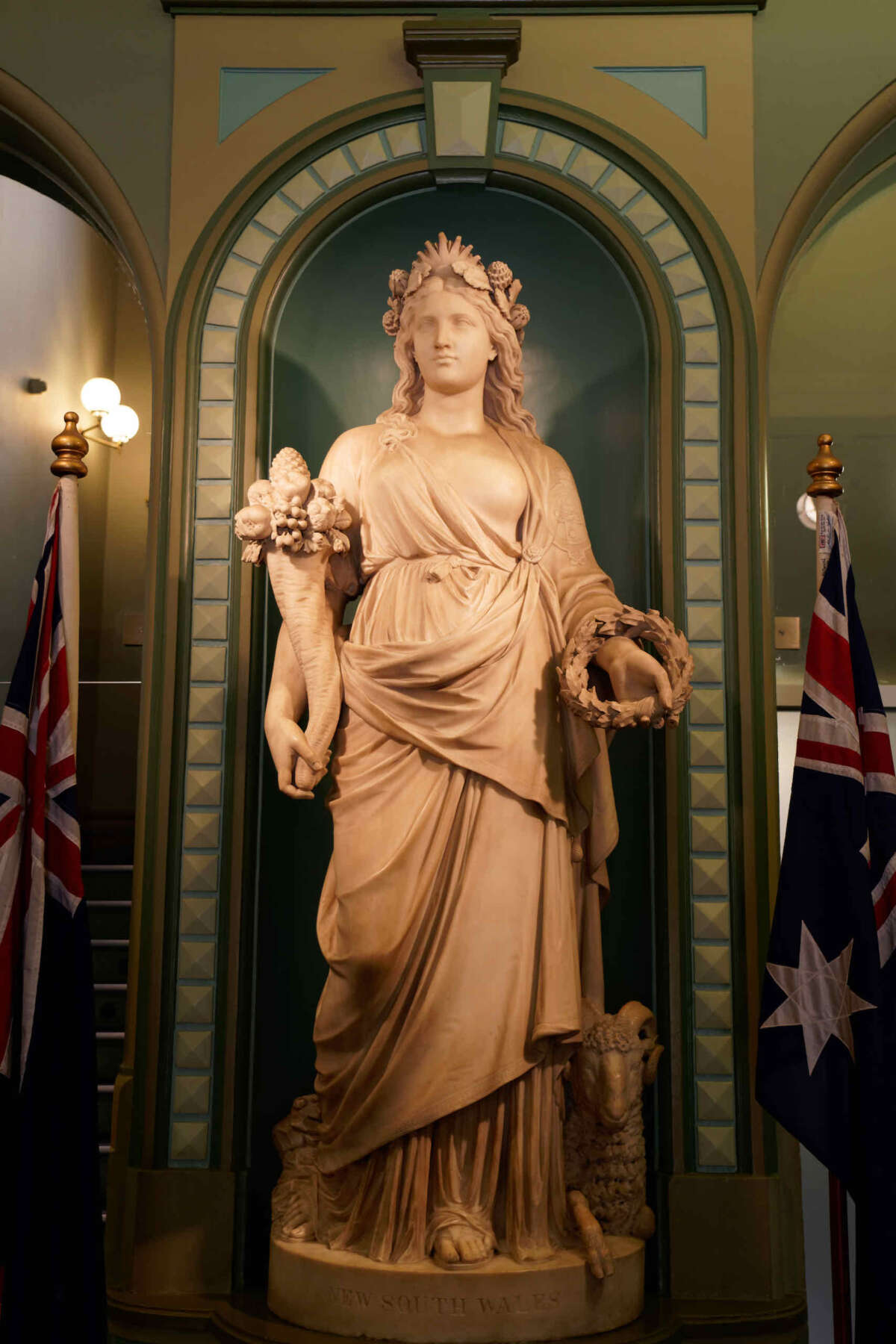
From its imposing position facing Government House in Macquarie Street to the exquisite detail of its sandstone colonnaded facade, the Chief Secretary’s Building is, by design, a symbol of power and politics.
| Address | 121 Macquarie Street, Sydney |
| Built | 1873–81 |
| Architect | James Barnet Additional architects : James Barnet (1890, Phillip St wing addition) Walter Liberty Vernon (1894 – c1895, additions & extra floors added) |
Completed in 1881, it was designed in the Victorian Free Classical Style by Colonial Architect James Barnet for the Colonial Secretary – the most senior official in the colony after the Governor and Chief Magistrate. Within a decade it was expanded by Barnet’s successor, Walter Liberty Vernon, who added an elaborate attic and dome in French Renaissance style and a six-storey wing along Phillip Street – much to Barnet’s horror.
Advising on the building’s statuary, paintings, decorative arts and furnishings was Henry Parkes, an early Colonial Secretary, keen to ensure they were of a calibre befitting the aspirations of the colony. Indeed they were. The Colonial Secretary’s offices and Executive Council Chamber played a pivotal role in Australia’s formation as the main Sydney venues for the political congresses leading to Federation in 1901.
The Chief Secretary’s Building served as the seat of government administration for 120 years, and following a refurbishment, today houses a variety of tenants including the Justice Department of NSW and the NSW Industrial Relations Commission. Heritage-listed as a building of both state and national cultural significance, it falls within the group of early buildings on Macquarie Street collectively called ‘a poem in stone’.
Among its treasures are the heraldic crest above the main entry, and the regal figures placed (in 1884) in each of the three foyers. Parkes had commissioned Italian sculptor Giovanni Fontana to carve three imposing statues in marble, representing Queen Victoria, the Prince of Wales, and an allegorical figure called New South Wales – crowned with a wreath of waratah, nature’s bounty at her feet, symbolising (in Parkes’s view) NSW as the ‘mother of the Australian colonies’.
